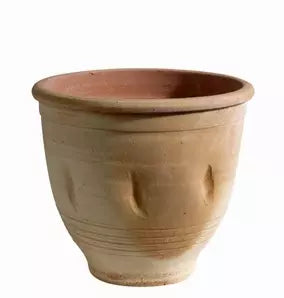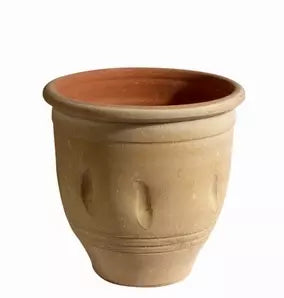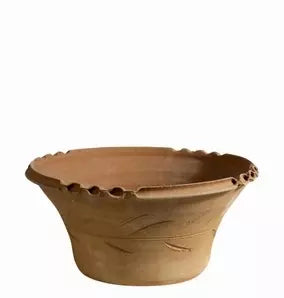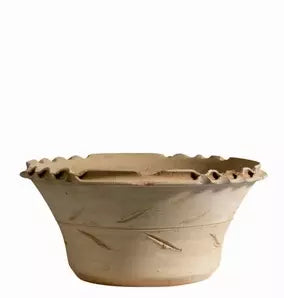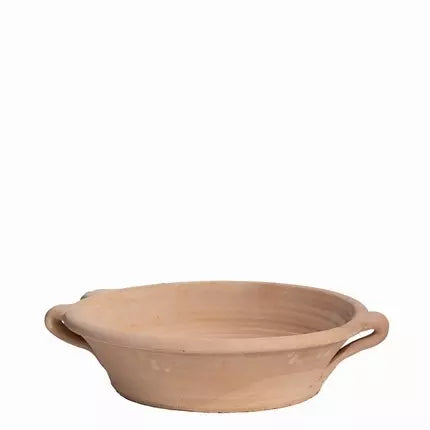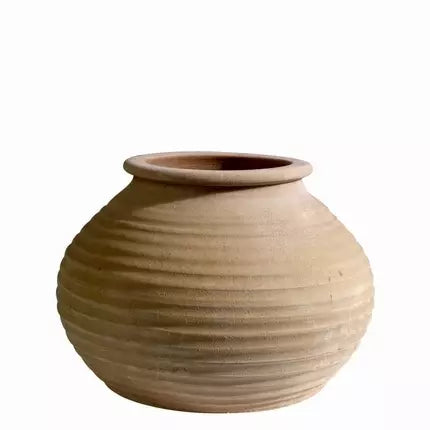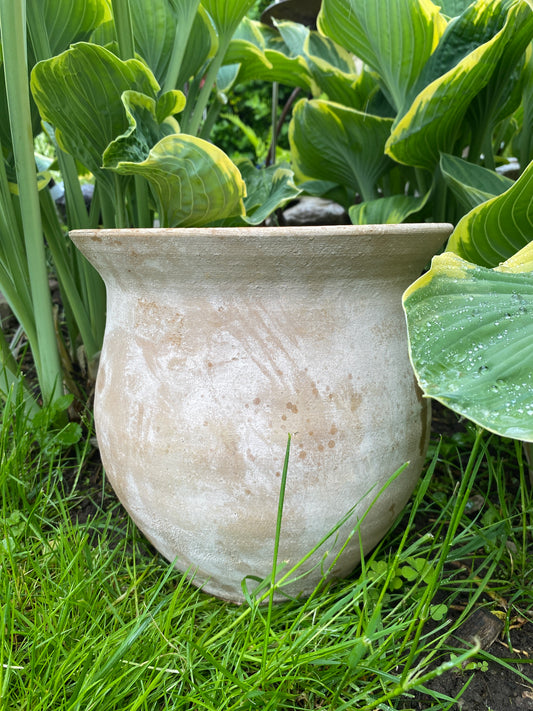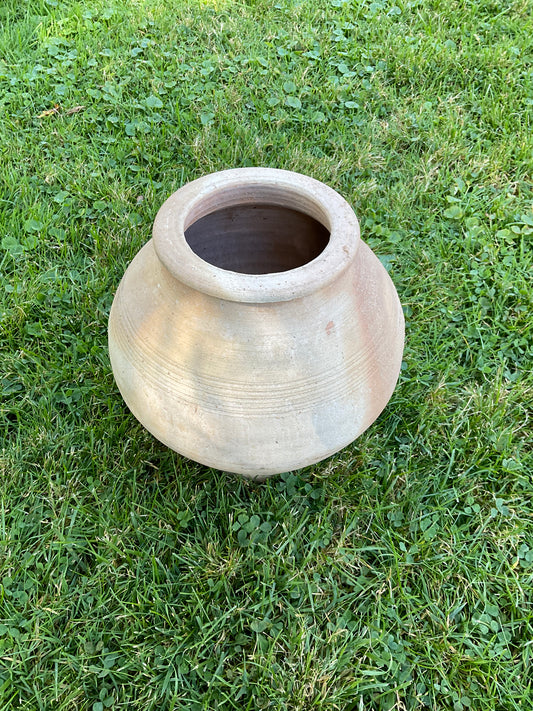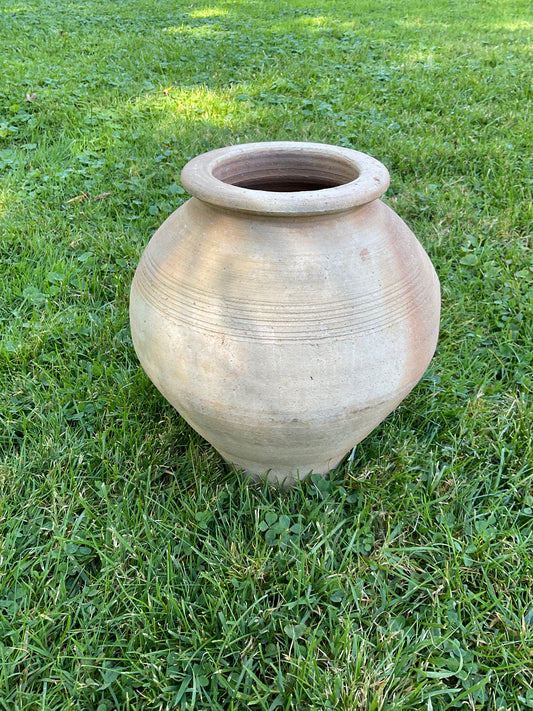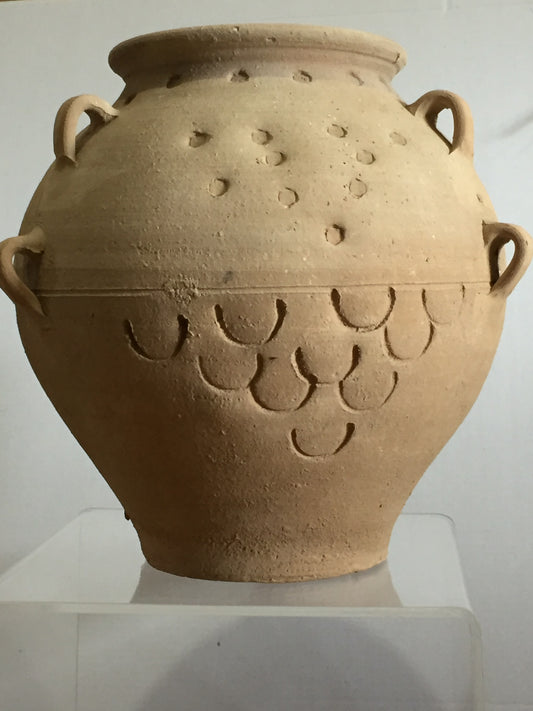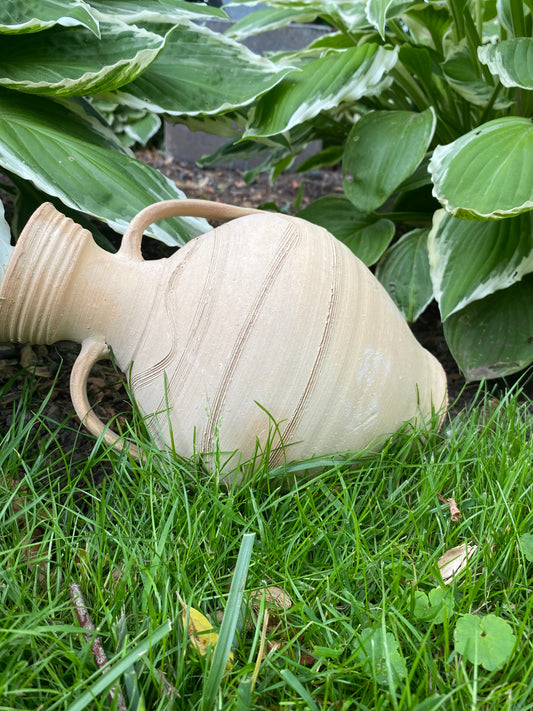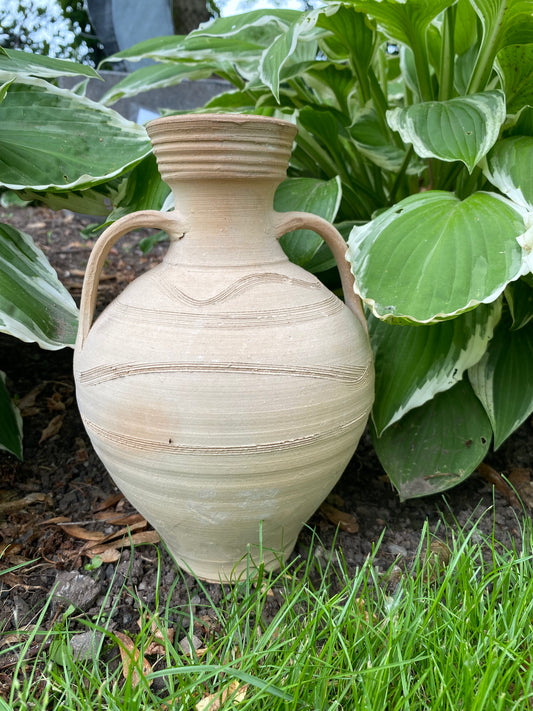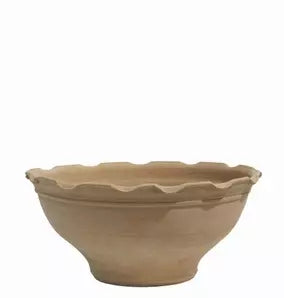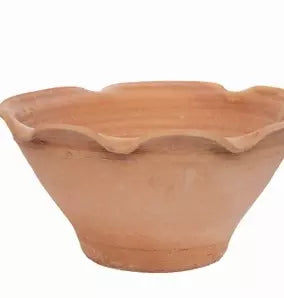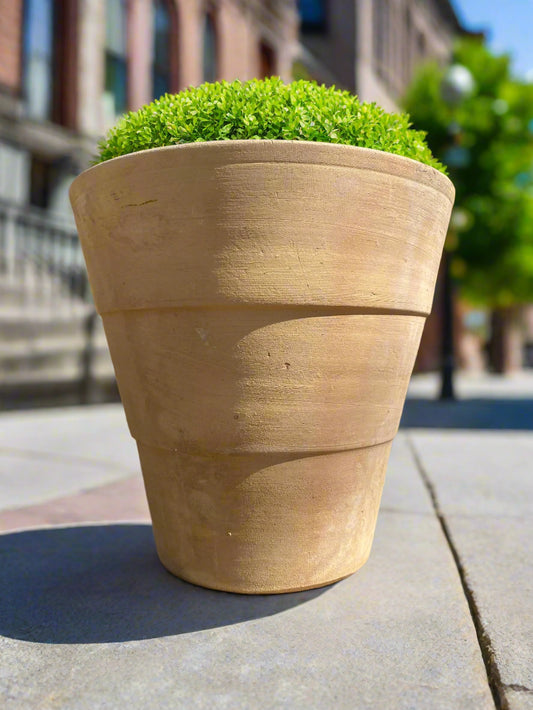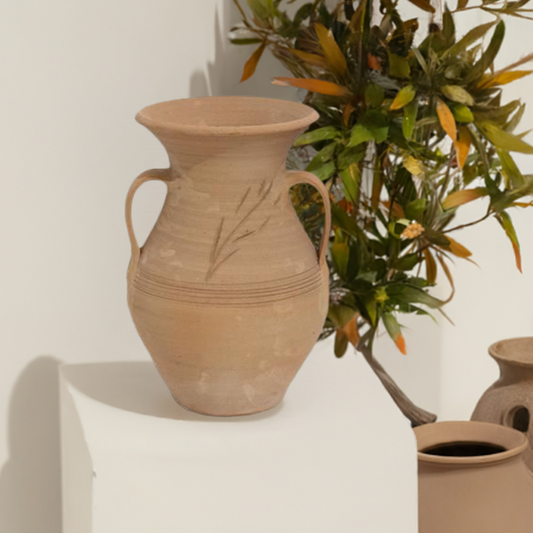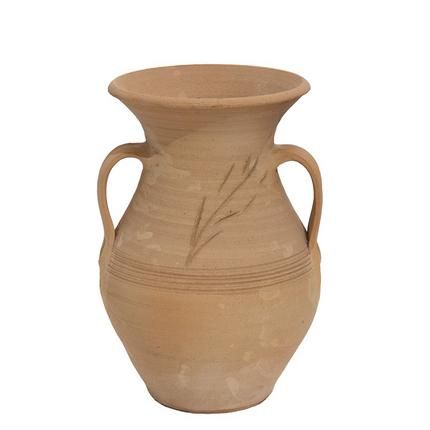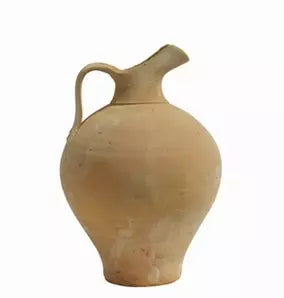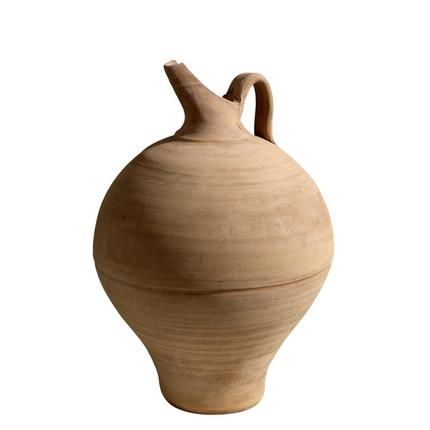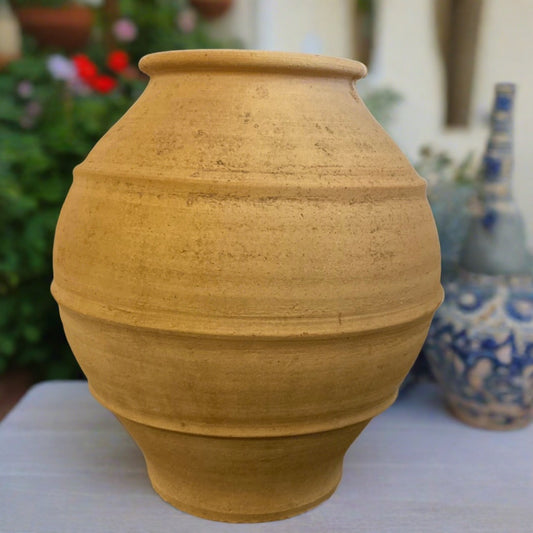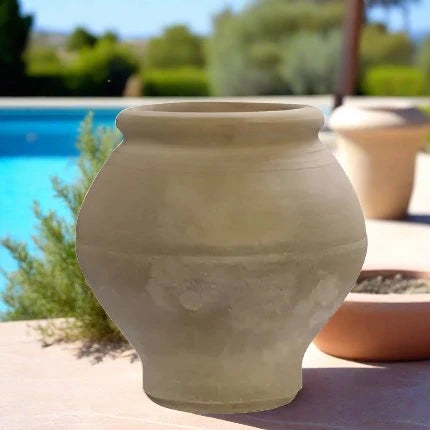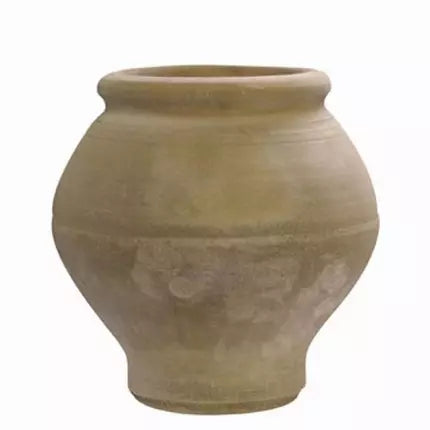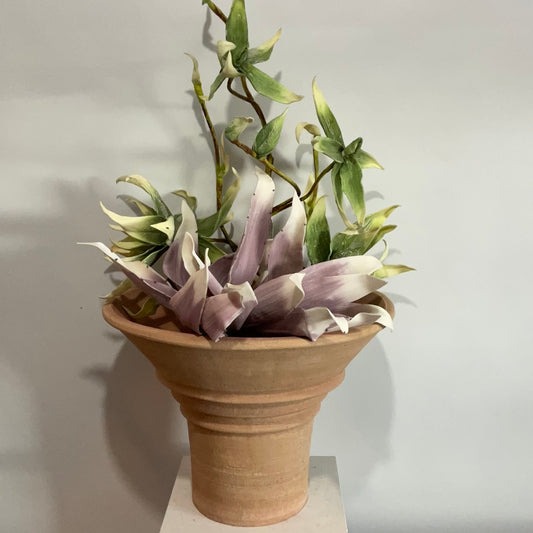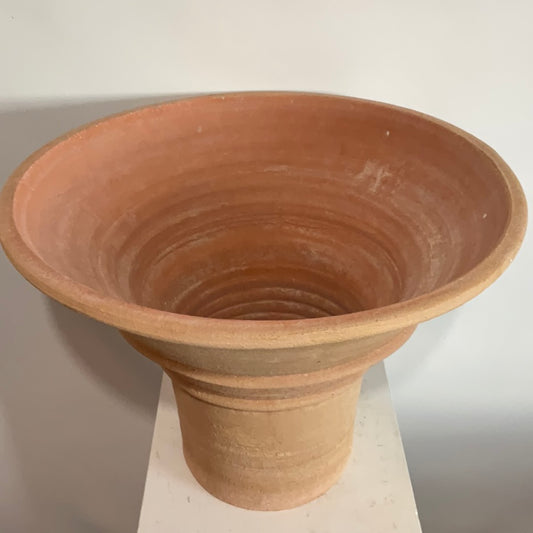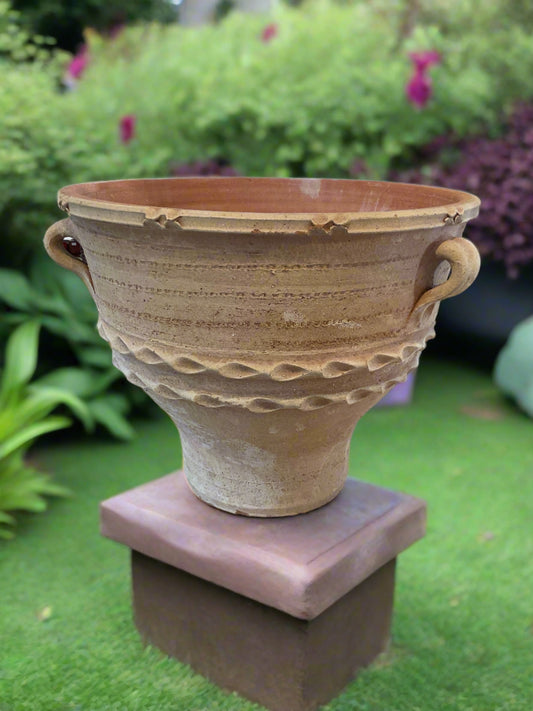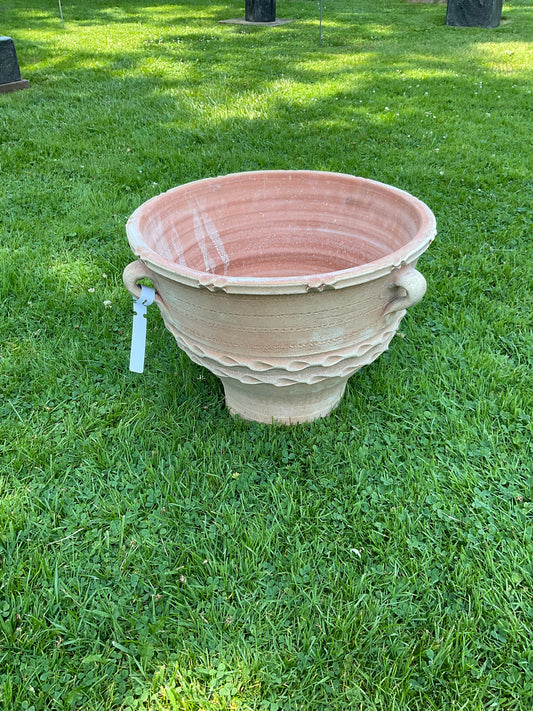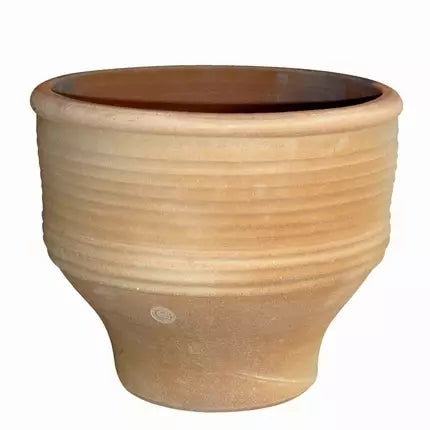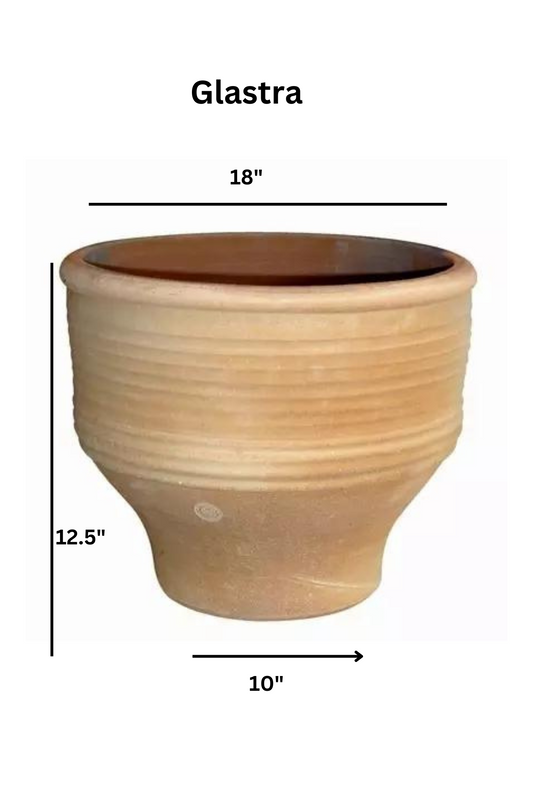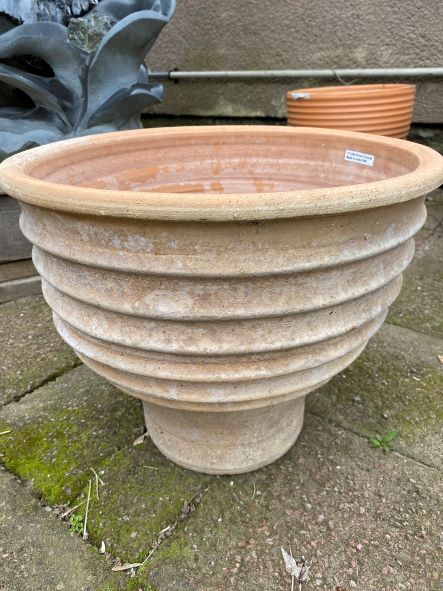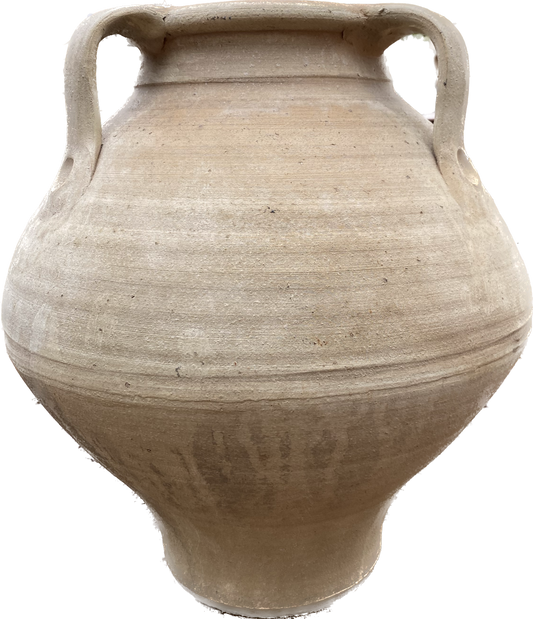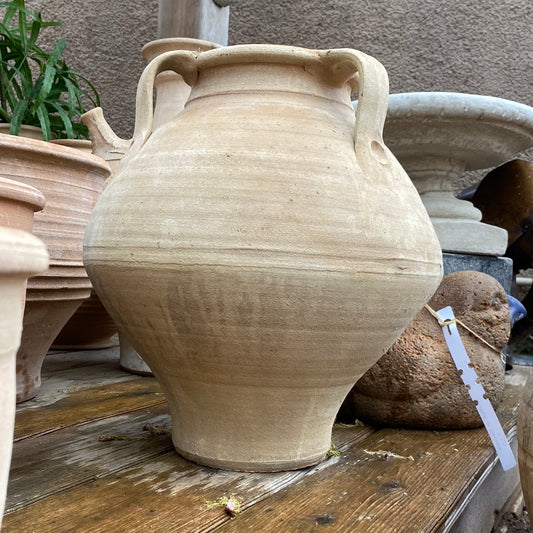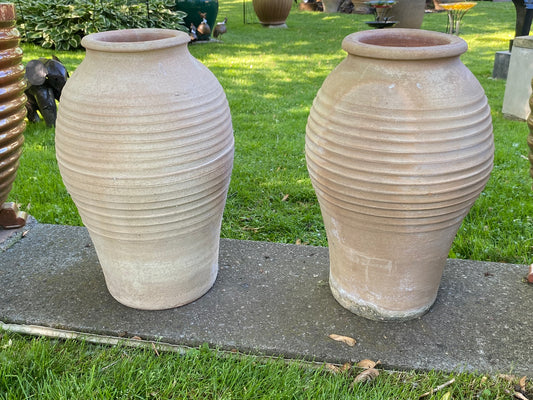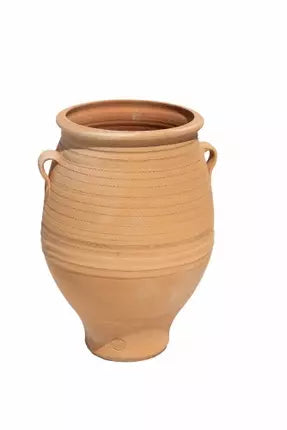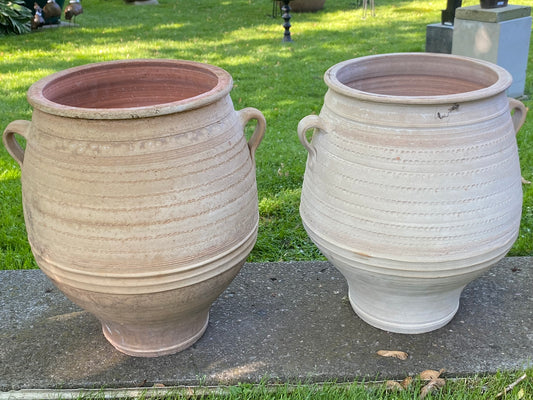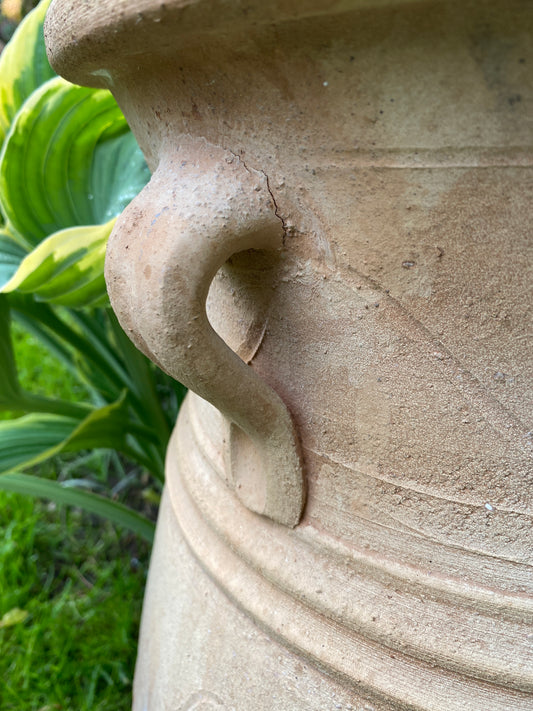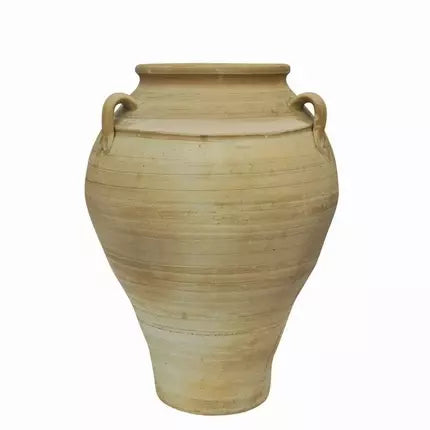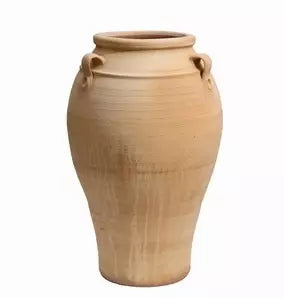Collection: Cretan Pots
HISTORY & ORIGIN
Heritage going back to the mighty civilization of the Minoans 4000 years ago, invests pride in today's potters of the Thrapsano region of Crete, creating pots and pithoi using traditional techniques, materials and designs from their Minoan ancestors.
The pots are made from local clays - carefully sourced form two different mountain areas - which are hand thrown on the wheel and then fired at 1150c using residue from the island's olive harvest to fuel the fire. These high temperatures guarantee quality.
Originally the large pithoi were used for storing olive oil, wine, grain and honey etc whilst the smaller pots stored olives, pickles, cheese and salt etc.
Now equally at home in traditional or contemporary gardens or even as in-house sculptures, these pots make a big statement and the patina that develops with age not only enhances their appearance, it increases their value also.
Product available in Store.
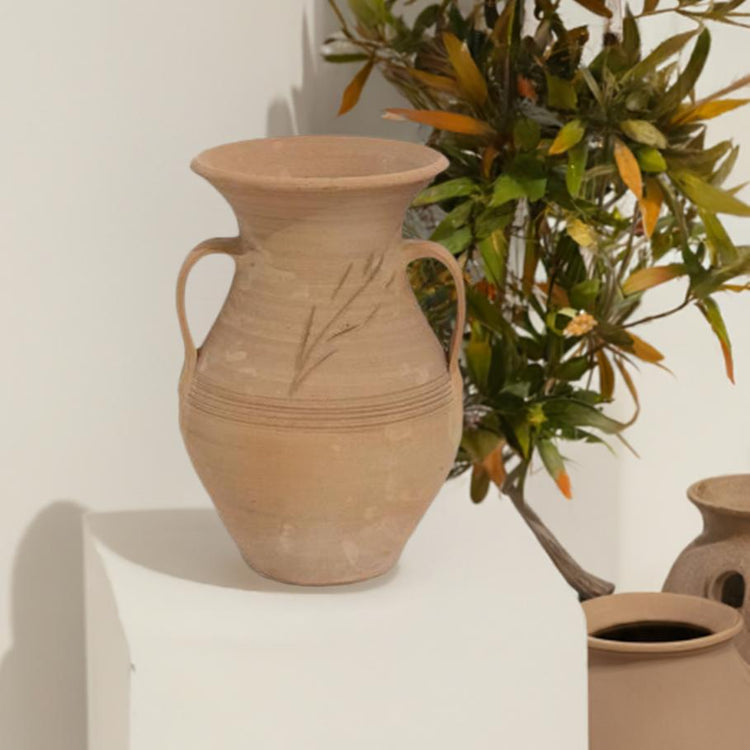
-
Dimple Glastra
Regular price From $50.00 CADRegular price -
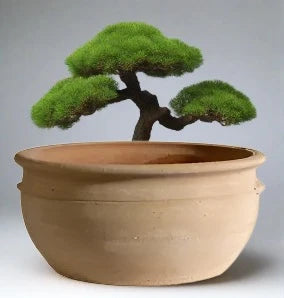
 Sold out
Sold outBonsai Bowl
Regular price $75.00 CADRegular price -
Indomeneas - Planter crafted in the Isle of Crete
Regular price $75.00 CADRegular price -
Ella - Planter crafted in the Isle of Crete
Regular price $75.00 CADRegular price -
Amphorae Pot - Planter crafted in the Isle of Crete
Regular price $85.00 CADRegular price -
GEORGIOPOLI
Regular price $90.00 CADRegular price -
Hand-thrown Cretan Terracotta – Citrus Planter
Regular price $100.00 CADRegular price -
Europe - Handcrafted in Crete
Regular price $110.00 CADRegular price -
Koronaki Delta - Crete
Regular price $120.00 CADRegular price -
Anthodesmi
Regular price $120.00 CADRegular price -
Glastra Crust Cretan Pot
Regular price $130.00 CADRegular price -
Barrer Glastra
Regular price $150.00 CADRegular price -
Flower Zonarati
Regular price $160.00 CADRegular price -
Labyrinth Ribbed
Regular price $195.00 CADRegular price -
Pithari Planter crafted in the Isle of Crete
Regular price $195.00 CADRegular price

